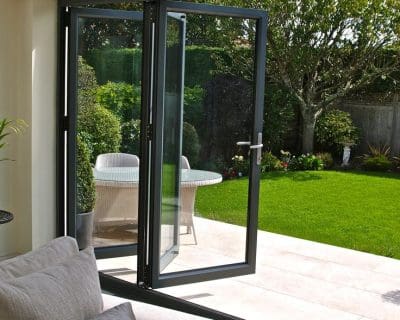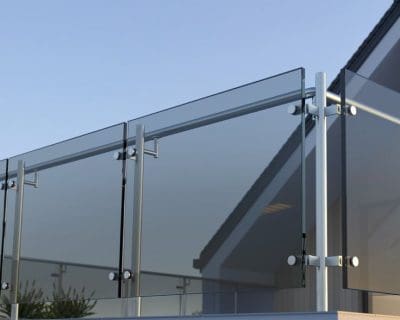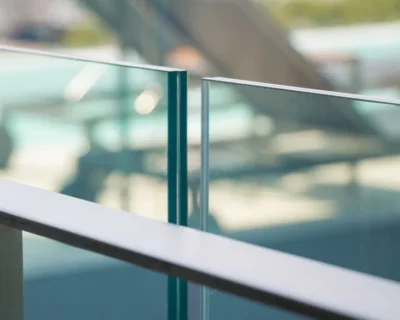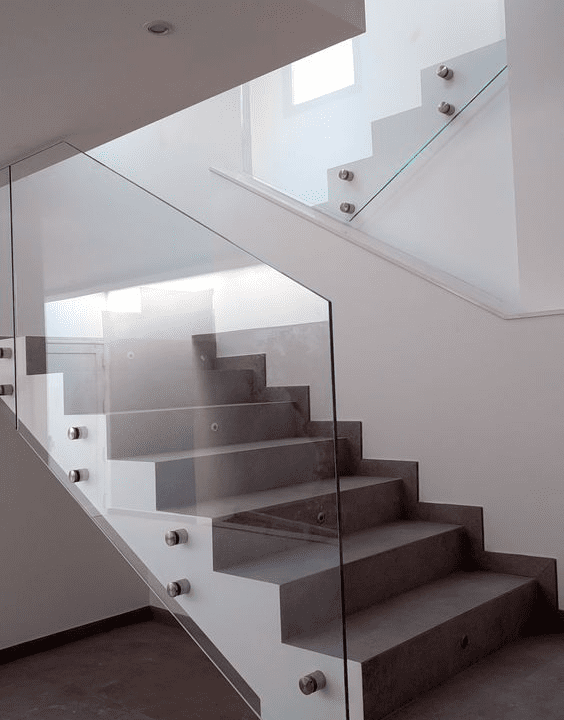
Popular modern railing styles — and when to pick each
1. Frameless glass balustrades
Why people love them
seamless views, modern minimalism, light flows into interiors.
Best for: penthouses, terraces, poolside balconies, and modern staircases.
Tech tip: frameless systems demand thicker toughened or laminated panels and correct base channels to avoid flexing. For residential balconies, frameless glass is commonly 12–15mm or more, depending on span and loads; laminated options are used where extra safety is required.

2. Semi-frameless (glass + posts) or framed glass
Similar look to frameless but uses posts or rails for structural support — often lower cost and easier to retrofit. Great if you want clear sightlines but need simpler installation.
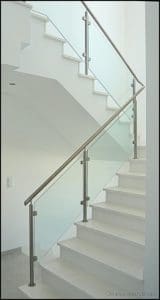
3. Stainless Steel railings (slim profiles or boxed handrails)

Corrosion-resistant, lightweight, highly customizable (powder coat, wood-effect finishes). Perfect for coastal areas and Nairobi’s varied climate because Stainless Steel won’t rust like mild steel. Choose stainless steel when you want a colored or textured finish or a slimmer visual profile.
4. Mixed-materials (Stainless Steel + glass)
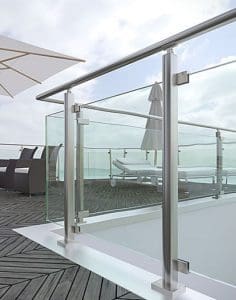
Adds visual warmth and safety stainless steel posts/frame with glass infill panels give rigidity and transparency. This is one of the most popular choices for modern Kenyan homes because it balances cost, safety, and aesthetics.
Safety, standards & what Kenyans should know
- Minimum railing height: The Kenya National Building Code (and related regulations) specify protective barriers for openings above ground level; a commonly applied height for balcony guards is around 1.1 m (1100 mm). Local authorities and architects often reference this when approving residential works. Always confirm with your county building office for the exact local requirement before construction.
- Glass types & thickness:
- Toughened (tempered) glass: shatters into small granular pieces (safer than regular glass) — commonly used at 10–15mm for framed and some frameless systems depending on span.
- Laminated glass: two or more panes bonded with an interlayer — holds together if broken and is preferred for higher-risk areas. Frameless or high-exposure installations commonly use laminated combinations or thicker glass. Refer to supplier engineering recommendations for exact thickness vs. span.
- Load & fixings: Glass systems rely on high-quality base channels, spigots, or clamp systems tested for lateral & point loads — poor hardware or installation causes failures, not the glass itself. Use certified installers who test and guarantee their work.
- Child safety: Avoid horizontal bars that can be climbed by young children, and ensure gaps are small enough to prevent passage. Vertical or solid glass panels are the safest options for families.
Material maintenance — practical tips for Kenyan homes
- Glass: clean monthly with non-abrasive glass cleaner; watch for salt build-up in coastal homes and rinse regularly.
- Aluminium: powder-coated aluminium may need only occasional washing; avoid harsh acids or abrasives. Touch up scratches early to prevent long-term wear.
Cost considerations (ballpark & variables)
- Final price depends on: design complexity, glass thickness/type, handrail material, length/height of runs, and site access. Frameless laminated systems and custom handrails cost more than simple framed or aluminium post-and-panel designs. Always get a site visit and a written quotation. (Contact TSL Industries for a tailored estimate.)
Why choose TSL Industries?
TSL Industries has local experience delivering aluminium and glass railing systems across Kenyan markets — from coastal homes to Nairobi apartments. They offer: site measurement, design customization, tested hardware, and full installation with maintenance advice. That end-to-end service reduces risk and ensures your railings meet safety standards while looking great.
Frequently Asked Questions (FAQ)
Q: What is the safest glass type for balconies?
A: Laminated glass or a laminated + toughened assembly — because if it breaks, the interlayer holds fragments together. Frameless systems should use thicker or laminated panels.
Q: How high should balcony railings be in Kenya?
A: Current guidance used in Kenya commonly references a minimum of 1.1 m (1100 mm) for balcony guards—but always confirm with your local building authority.
Q: Will aluminium railings rust near the coast?
A: Aluminium does not rust like steel; it resists corrosion well, making it a great coastal choice. Choose powder-coated aluminium for added protection.
Q: Can I retrofit glass balustrades to an existing balcony?
A: Yes — many framed and semi-frameless systems are designed for retrofit. A site survey is important to determine anchorage options.
Call to action
Thinking of a modern upgrade? For design options, professional site measurement, and a free quote tailored to your Kenyan home, contact TSL Industries — we’ll recommend the safest, most stylish solution for your balcony or staircase.



